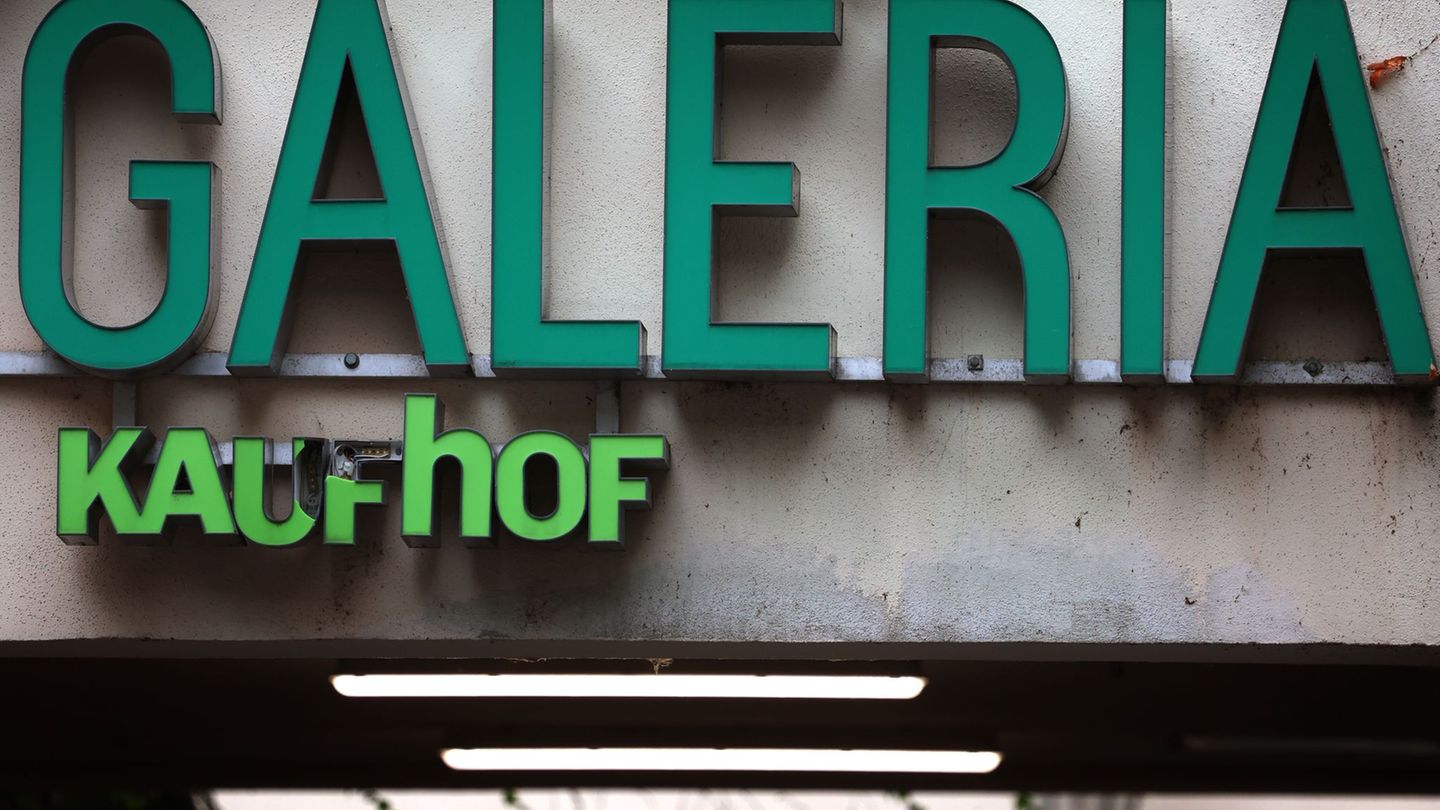Menu
Deposit chain: A year after the bankruptcy: is Galeria back on course?
Categories
Most Read
A veggie schnitzel ban would be a bad joke
October 7, 2025
No Comments
Resignation of the Prime Minister: Permanent crisis in Paris – how endangered is the euro zone?
October 7, 2025
No Comments
We work to promote macroeconomic stability and growth
October 7, 2025
No Comments
They warn that with the increase in litigation they upload costs for companies
October 6, 2025
No Comments
Latest Posts

Which dog is right for you? Find out in the test
October 7, 2025
No Comments
Self-test Which dog is right for you? Find out! Listen to article Copy the current link Add to watchlist Are you more of a dachshund

Prices at the pump: Expensive East, cheaper West: Fuel prices vary
October 7, 2025
No Comments
AngelicaI am an author and journalist who has written for 24 Hours World. I specialize in covering the economy and write about topics such as

Euro today and Euro Blue today: how much are trading on Tuesday, October 7
October 7, 2025
No Comments
October 7, 2025 – 00:00 Look at how much the official euro and the euro blue are quoted. He Euro today -Without taxes- operates $
24 Hours Worlds is a comprehensive source of instant world current affairs, offering up-to-the-minute coverage of breaking news and events from around the globe. With a team of experienced journalists and experts on hand 24/7.

